Ever caught your pup spinning like a furry tornado, eyes wide with excitement, tail just out of reach? That mix of determination and pure silliness is enough to make anyone laugh—or scratch their head in wonder. Tail chasing is one of those classic canine quirks that’s both hilarious and a little mysterious. As a lifelong dog lover and canine expert, I know just how important it is to understand what’s going on behind that dizzying dance. Let’s unravel this tail-chasing mystery together, so you can support your pup with confidence and compassion.
It All Starts with Puppy Playfulness
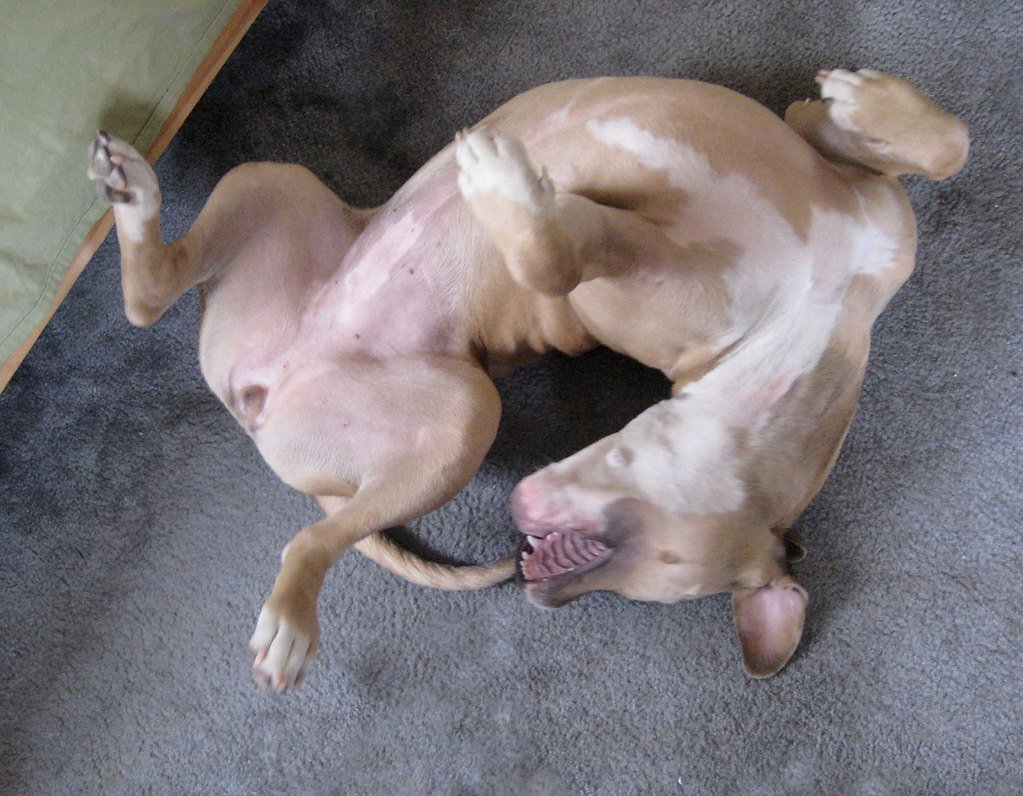
Puppies are like little explorers, and their tails are often their first “toys.” With bundles of energy and a nose for curiosity, they’ll often discover their wiggling tail and decide it’s worth a chase. This behavior is totally normal in young dogs, giving them a way to practice coordination and burn off steam.
If your puppy is spinning in circles, don’t worry. It’s a playful phase similar to toddlers chasing their own shadows. Just make sure the play doesn’t get out of hand—if they seem obsessed or hurt themselves, it’s time for a gentle redirection to safer fun.
Boredom: The Surprising Culprit
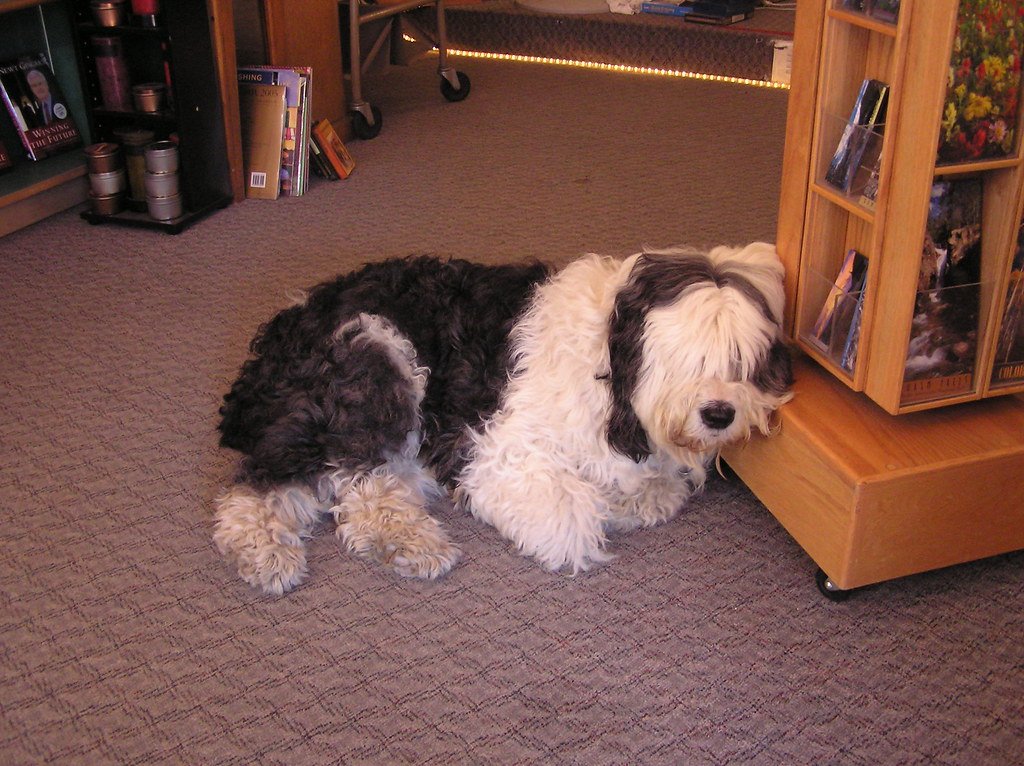
Dogs are smart, social creatures, and they need plenty of stimulation. When left alone or under-engaged, some dogs turn to tail chasing as a way to entertain themselves. It’s like us twirling our hair or tapping a pencil when we’re bored—sometimes, you just need something to do.
If you notice your dog chasing their tail more when they haven’t had a walk or while you’re busy, boredom could be the cause. Try offering interactive toys, extra playtime, or puzzle feeders to keep their minds and bodies active.
Attention-Seeking in Action
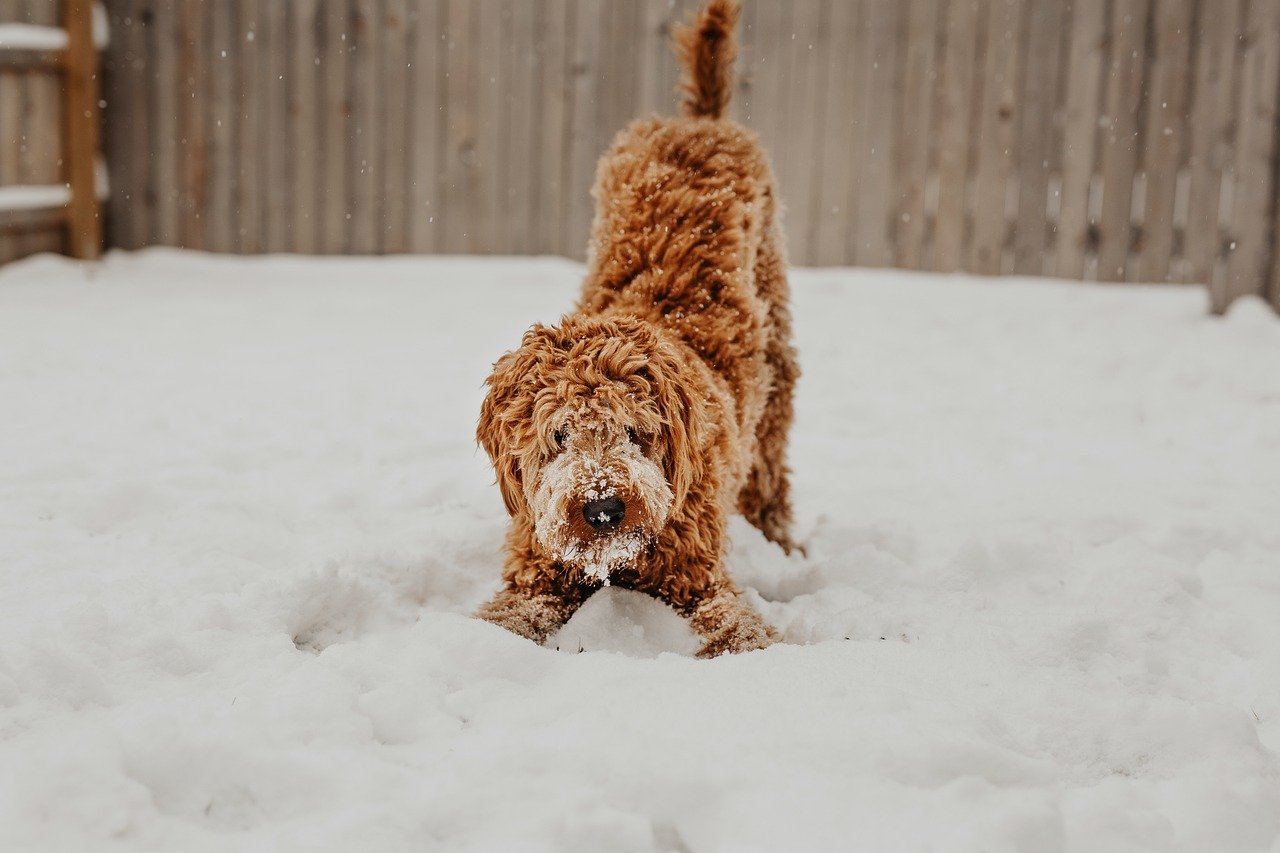
Have you ever laughed or clapped when your dog started spinning, only to see them do it even more? Dogs quickly learn that tail chasing gets a big reaction from their humans. For some pups, it becomes a go-to move for getting attention, even if it’s just a giggle or a shout.
The next time your pup goes for their tail, try ignoring the behavior and rewarding calmer actions instead. This teaches them that there are better ways to win your affection—like a good old-fashioned cuddle session.
Anxiety and Stress Signals
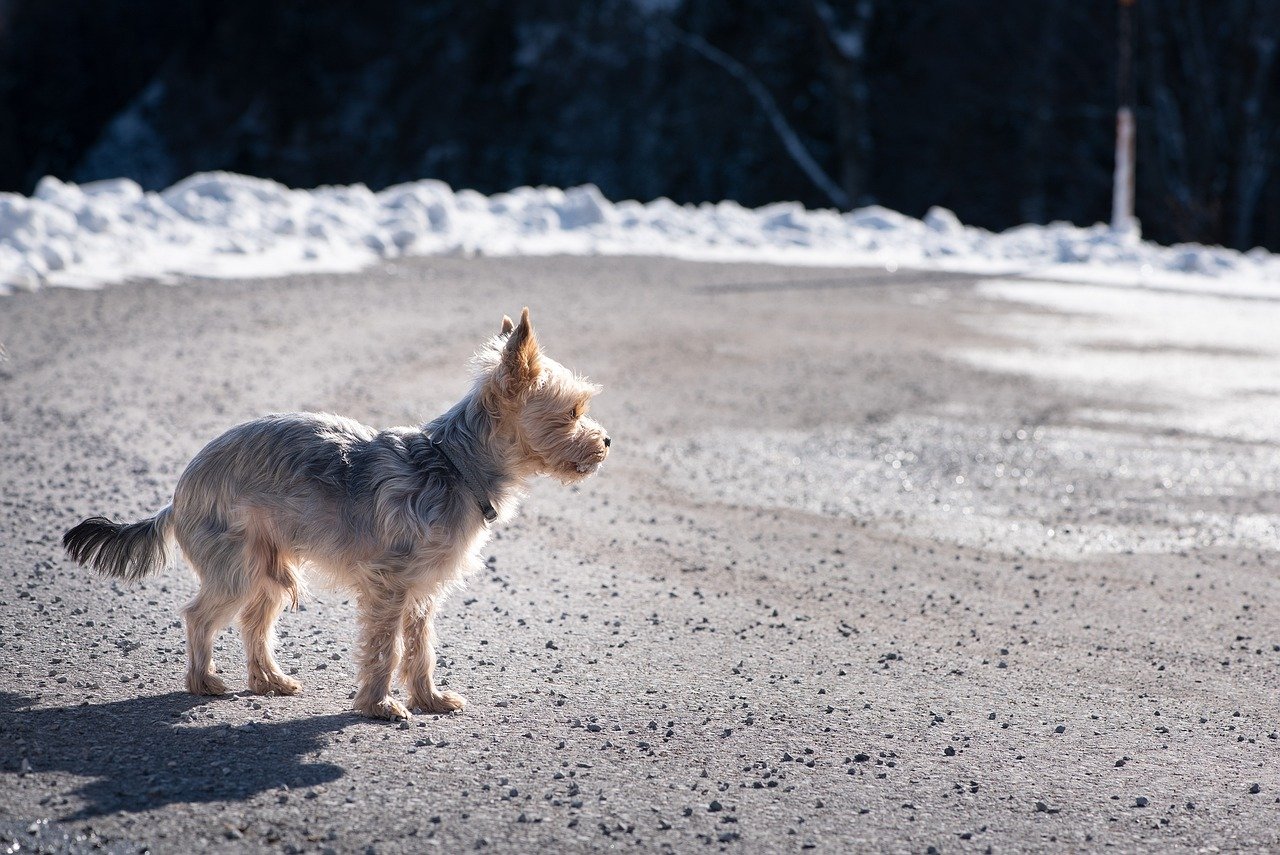
Sometimes, tail chasing is more than just fun and games. For certain dogs, especially those who feel anxious or stressed, spinning in circles can be a way to self-soothe or cope with overwhelming feelings. It’s like biting your nails when you’re nervous.
Watch for other signs of anxiety, such as pacing, whining, or hiding. If your dog’s tail chasing seems compulsive or is paired with other stress signals, consider consulting a vet or canine behaviorist for support.
Medical Issues You Shouldn’t Ignore
In rare cases, tail chasing can signal an underlying health problem. Conditions like fleas, allergies, or even tail injuries can cause itching or discomfort, prompting your dog to chase or chew at their tail. Sometimes, neurological issues can also play a role.
If your dog seems fixated on their tail, bites it, or shows signs of pain, don’t brush it off. Schedule a checkup with your vet to rule out anything serious and keep your best friend safe and healthy.
Breed Tendencies and High Energy
Some breeds, especially those with lots of energy like terriers and herding dogs, are more prone to tail chasing. Their instincts drive them to chase moving objects, and their tails are always conveniently nearby! It’s a bit like a sheepdog herding its own shadow.
If you have a high-energy breed, focus on regular exercise and mentally stimulating games. Activities like fetch, agility, or scent work can give them a healthy outlet for those chasing instincts.
Recognizing When It’s a Problem
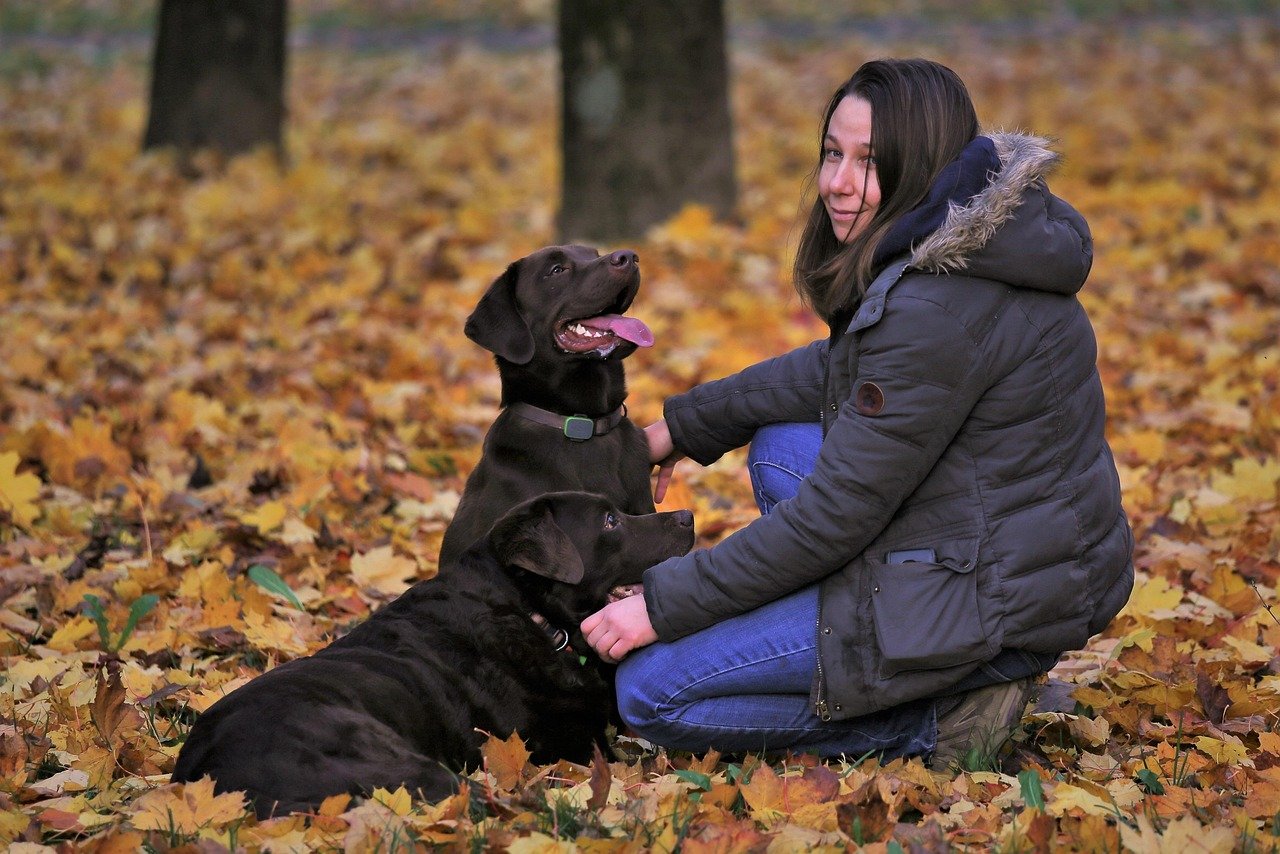
Occasional tail chasing is usually harmless, but if it becomes frequent or intense, it could be a sign of a compulsive disorder. Watch for behaviors like chasing until exhaustion, injuring themselves, or ignoring everything else around them.
If you’re concerned, document how often the behavior happens and discuss it with your vet or a certified dog trainer. Early intervention can prevent bigger issues down the line and help your pup find healthier ways to cope.
How to Redirect and Support Your Dog

When you see your dog gearing up for a tail chase, gently redirect their attention with a favorite toy or a quick training session. Positive reinforcement works wonders—praise them when they choose to play or relax instead.
Consistency is key. The more you guide your dog toward constructive activities, the less they’ll rely on tail chasing for stimulation or comfort. Remember, patience and empathy go a long way in building a trusting bond with your furry companion.
Every dog is unique, and understanding their tail-chasing habits brings you closer to meeting their needs. With a little observation and a lot of love, you’ll help your pup enjoy a happier, healthier life—tail and all.

Esther is from India; the heartbeat of South Asia, holding a Master’s degree in Zoology and a postgraduate diploma in Animal Welfare. Her enthusiasm for animal welfare drives her passion and dedication to working for animals, ensuring their well-being, and advocating for their rights. With a solid academic background and hands-on experience, she is committed to making a positive impact in the field of animal welfare. In her free time, she enjoys embroidery and sewing. As a Chennaite from Tamil Nadu, Esther loves Bharathanatyam, an Indian classical dance form.






